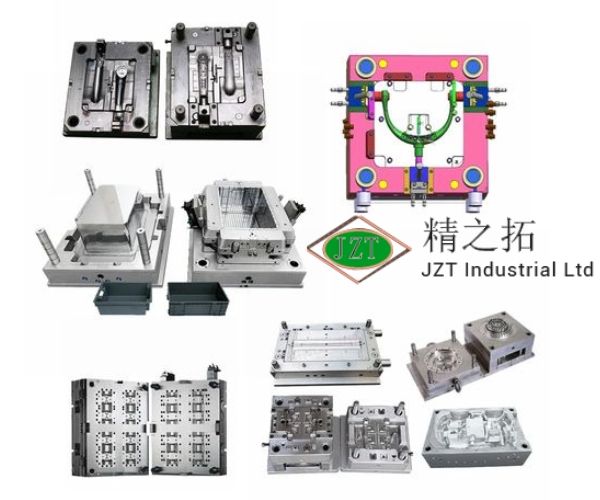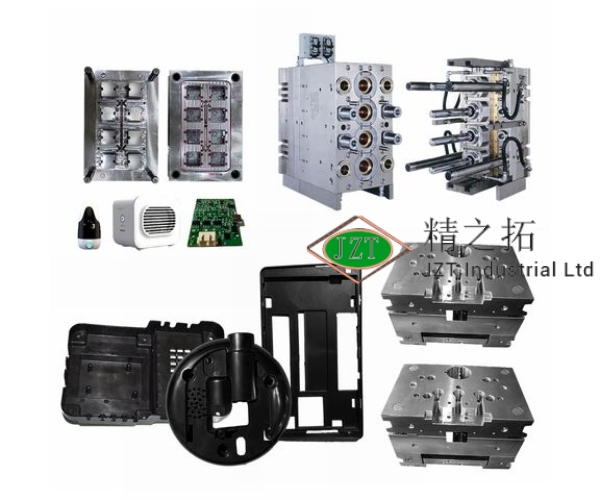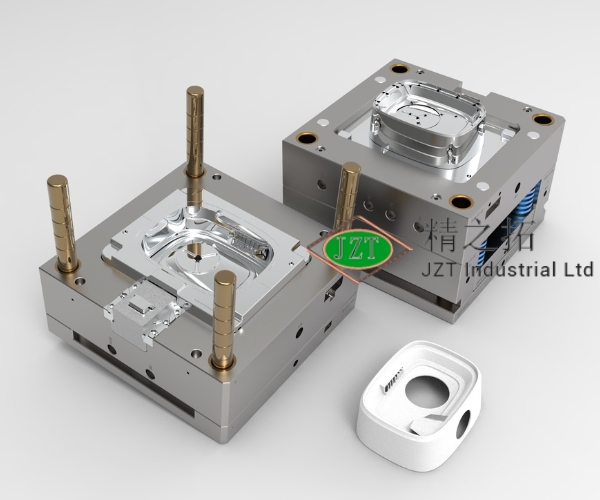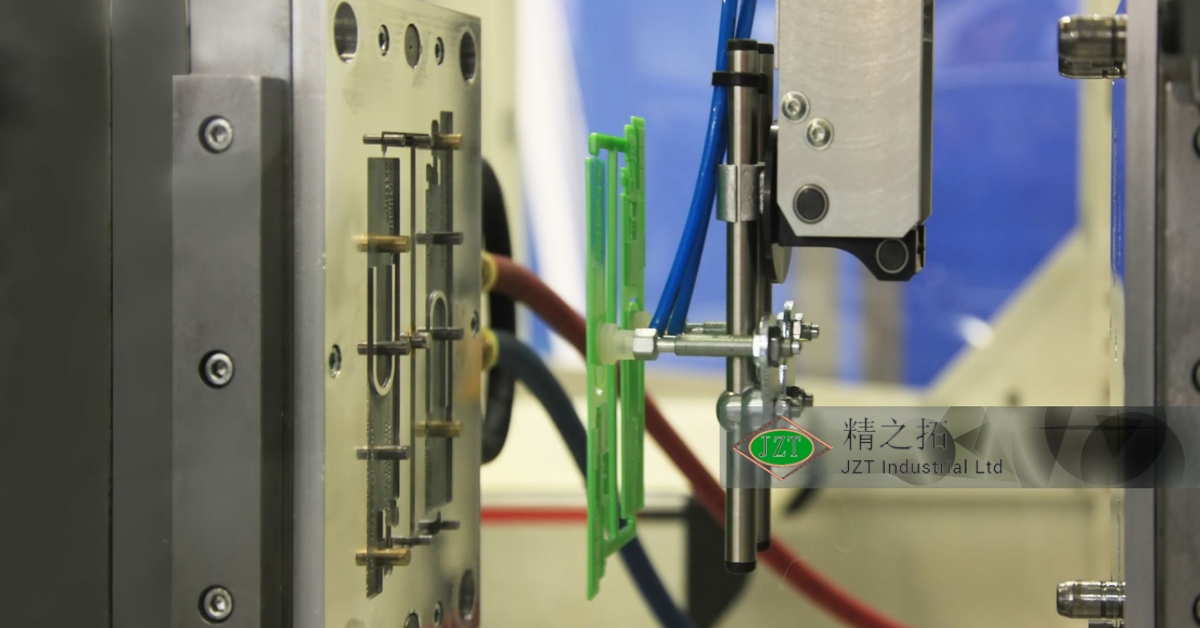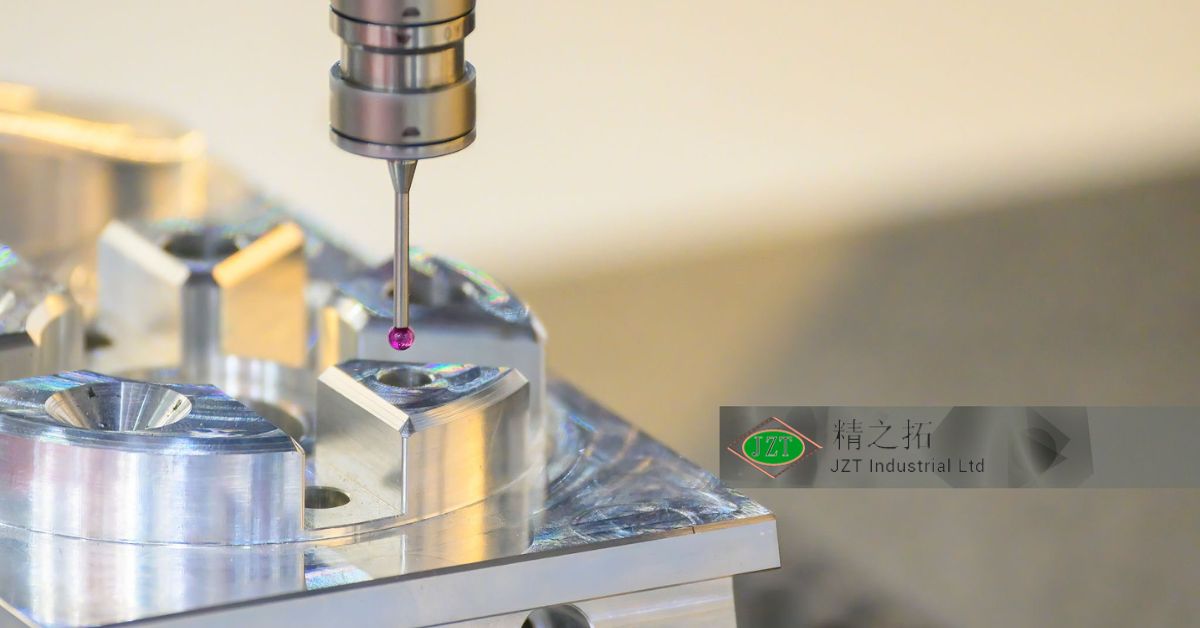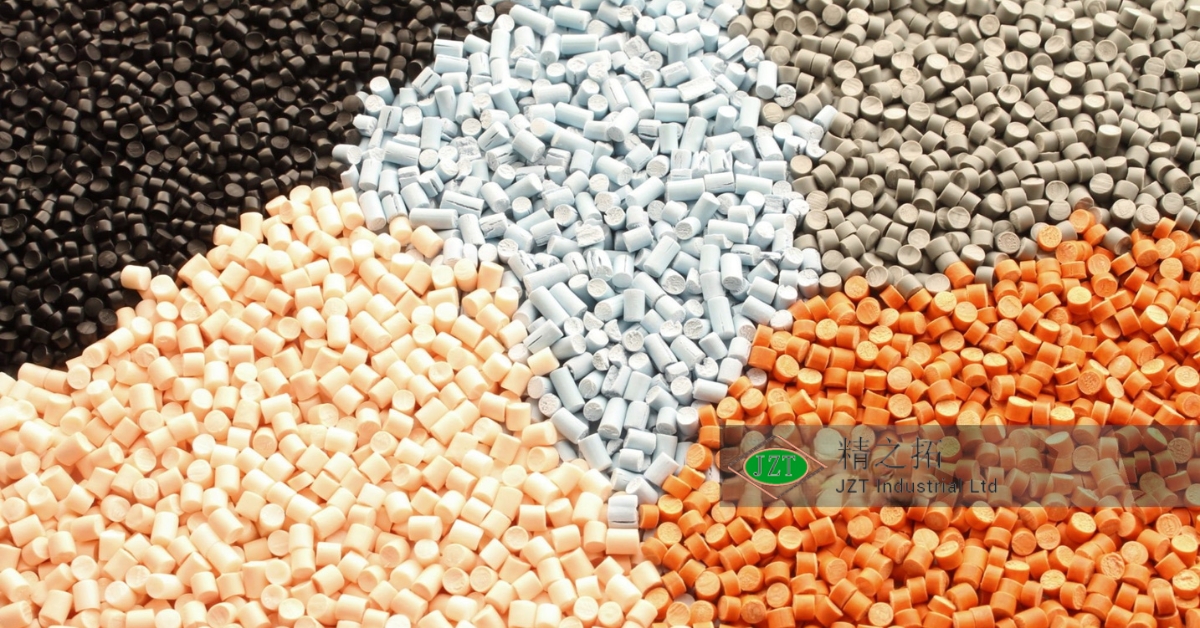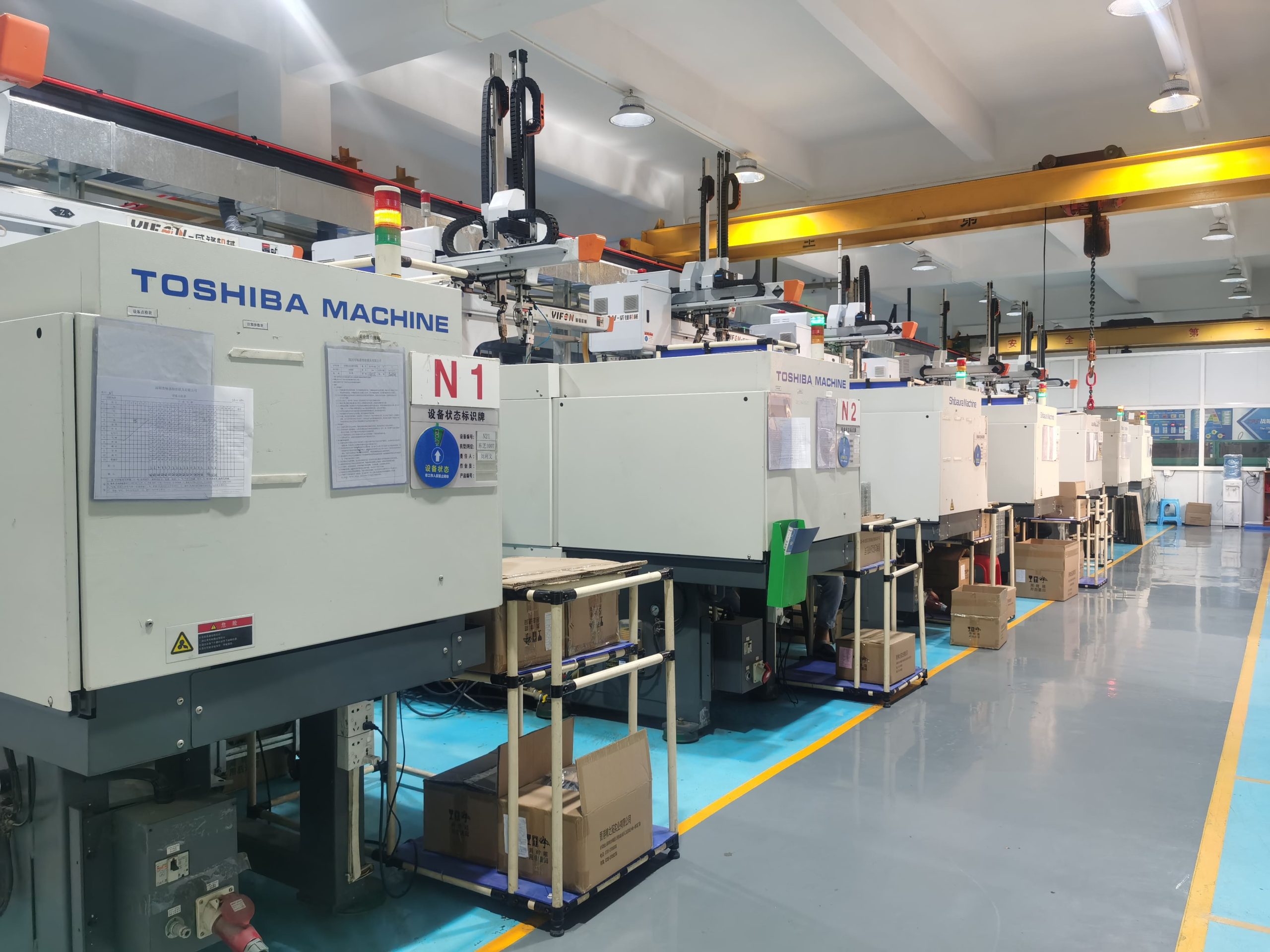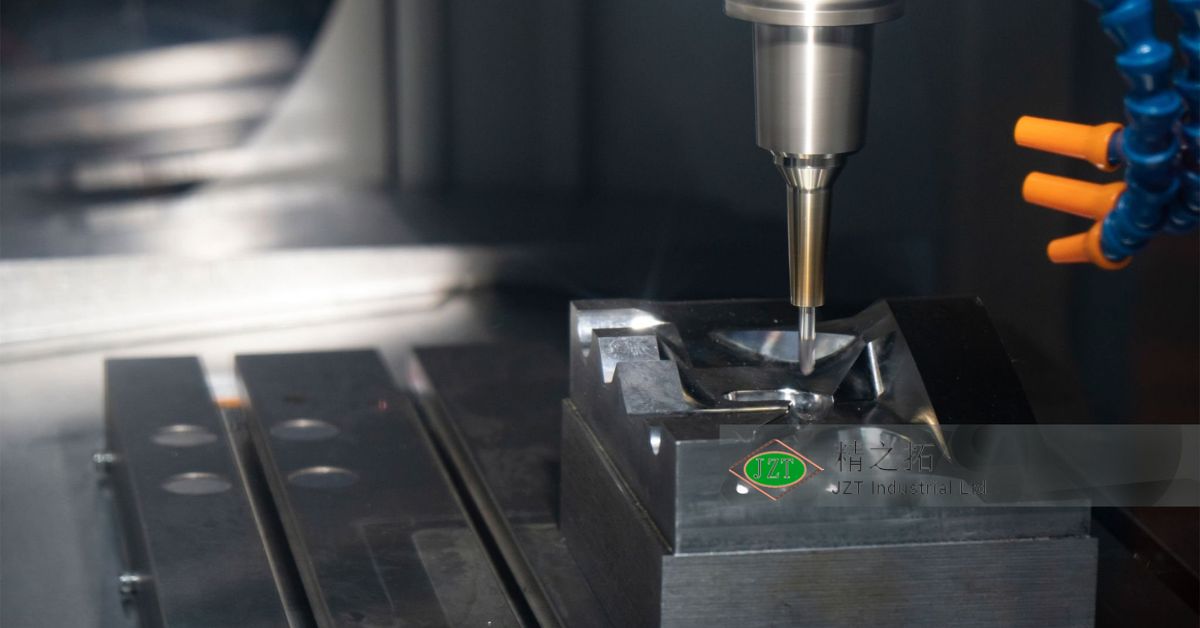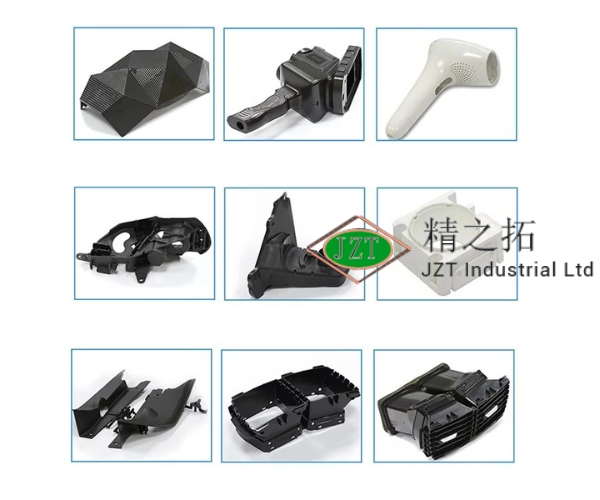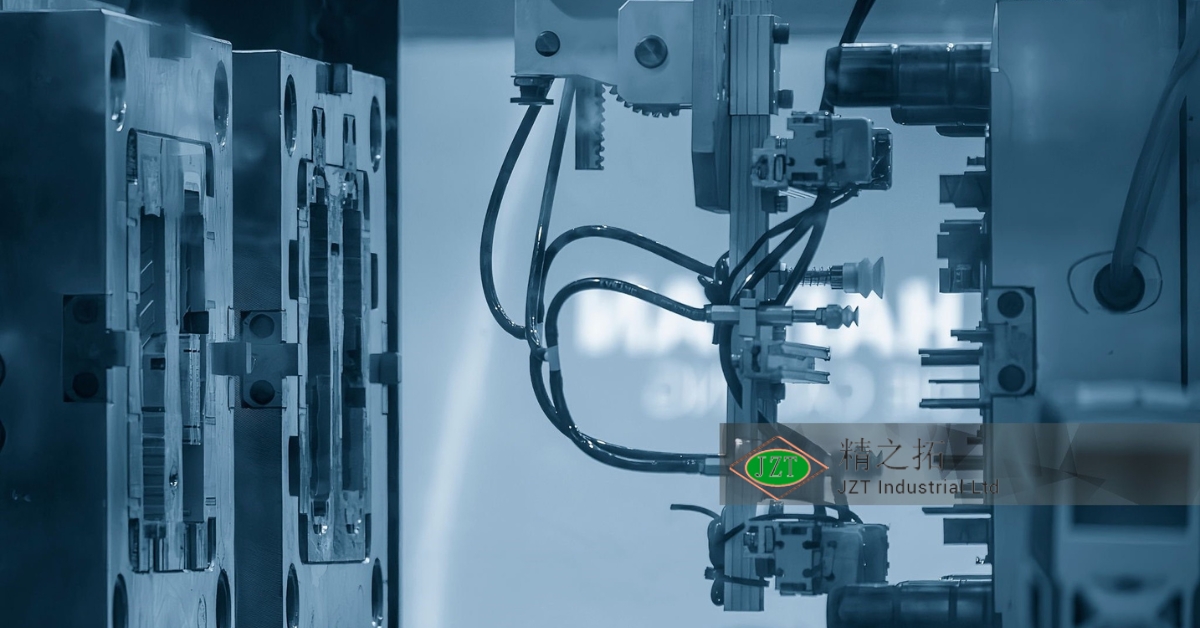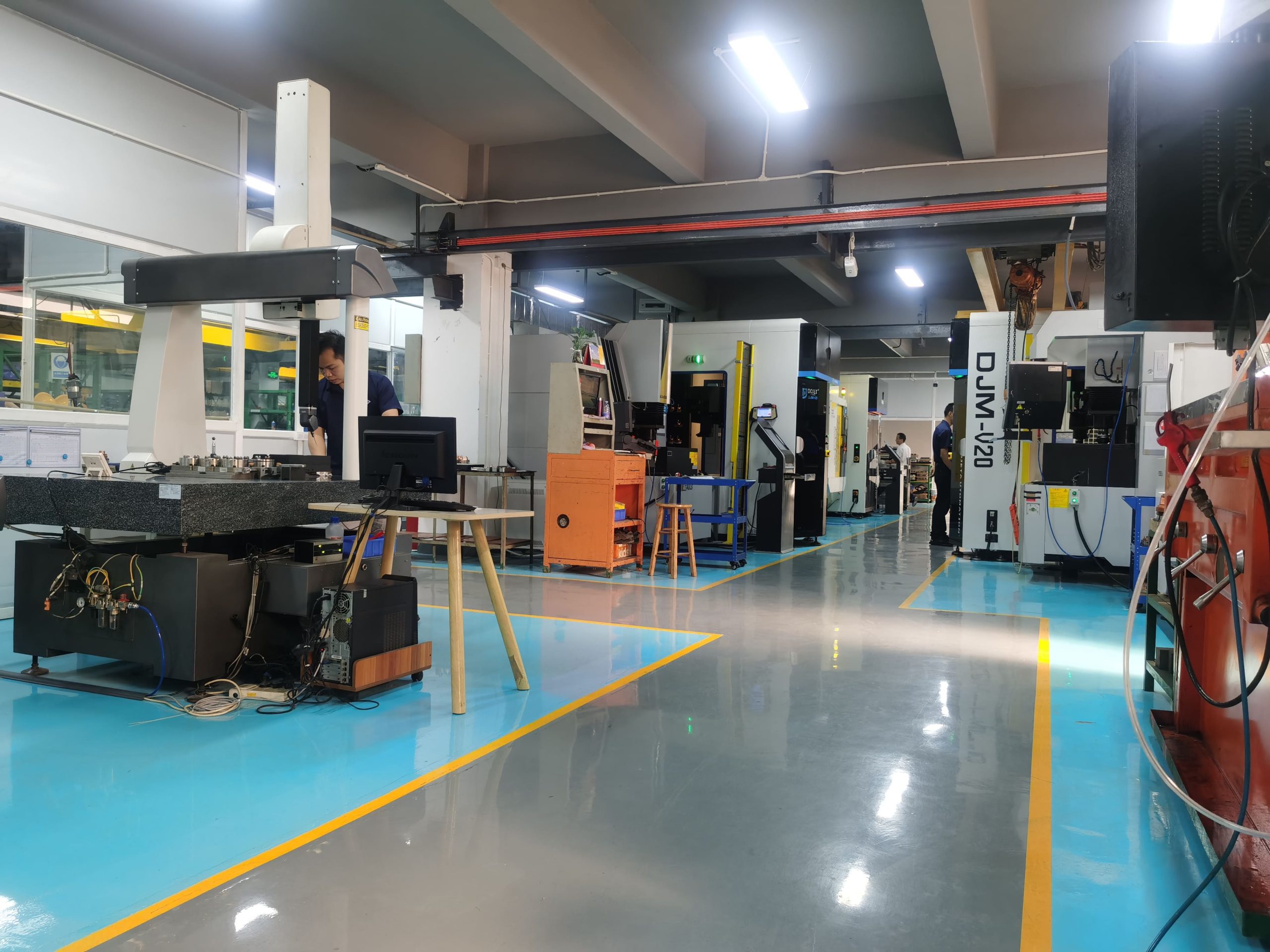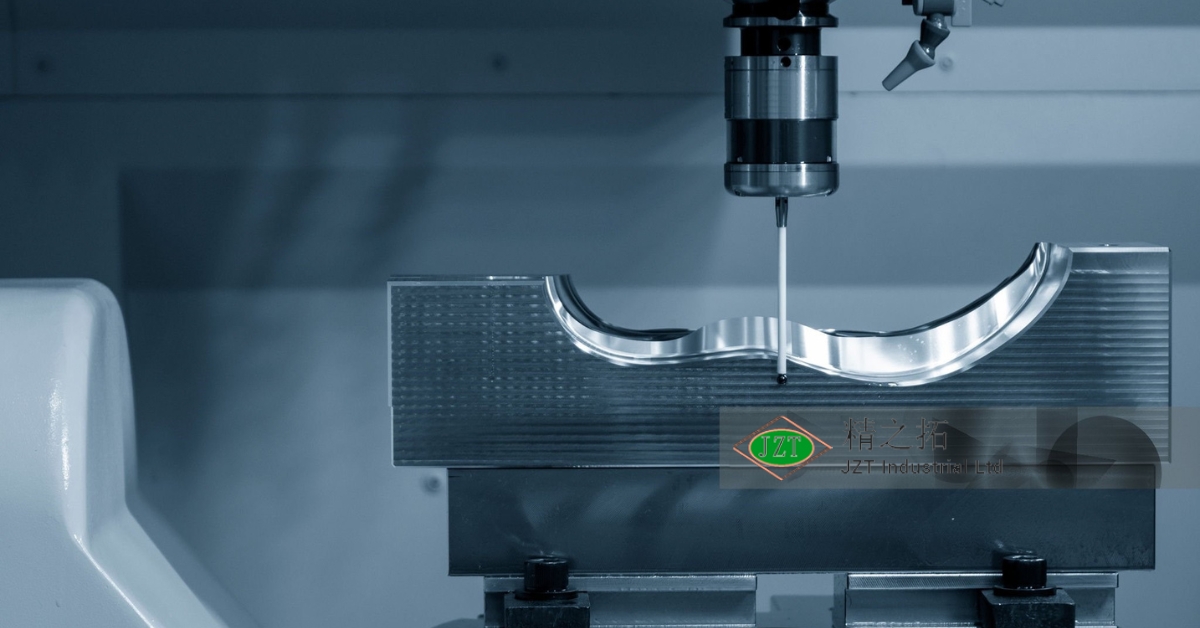소개
In the competitive world of mass production, efficiency and cost savings are paramount, especially in industries reliant on high-volume manufacturing like automotive, medical devices, and consumer goods. One of the most effective ways for plastic parts manufacturers to achieve these goals is by using multi-cavity injection molds. Unlike single-cavity molds, which produce one part per cycle, multi-cavity molds contain multiple cavities within the same mold, enabling the production of multiple identical parts in each cycle.
Multi-cavity injection molds offer numerous benefits, from reducing per-unit costs to significantly increasing production output. These molds make it possible to produce custom plastic parts at a fraction of the cost and time it would take using single-cavity molds. In this article, we’ll explore how multi-cavity injection molds work, why they’re beneficial for efficiency and cost reduction, and the factors manufacturers need to consider when implementing them.
Section 1: Understanding Multi-Cavity Injection Molds
What are Multi-Cavity Injection Molds?
Multi-cavity injection molds are specialized plastic injection molds designed to produce multiple parts in a single cycle. Each cavity within the mold is a separate compartment with the exact geometry and dimensions of the desired part. This design enables manufacturers to produce multiple units of the same part simultaneously, which can drastically reduce production time and improve efficiency. By filling each cavity with molten plastic in one injection, manufacturers can produce a batch of identical parts at once, increasing output with minimal additional effort.
In multi-cavity molds, every cavity must be carefully designed to ensure even distribution of plastic, uniform cooling, and synchronized ejection. Precision is essential in multi-cavity mold manufacturing, as inconsistencies in cavity design or material flow can result in defects or variations in part quality. Multi-cavity injection molds are especially valuable for high-volume production, where the ability to produce thousands of parts in a shorter timeframe directly translates to lower costs and improved lead times.
How Multi-Cavity Molds are Designed
Designing multi-cavity injection molds is a complex process that requires careful planning and advanced software tools. The design process typically begins with Computer-Aided Design (CAD) software, where engineers create a detailed 3D model of the mold, including the exact placement of each cavity. Engineers use CAD to ensure each cavity is positioned to balance material flow, cooling efficiency, and ejection timing. The design must prevent common issues such as uneven fill or cooling imbalances, which could lead to part defects.
One critical component in multi-cavity mold design is mold flow analysis, which helps engineers simulate how molten plastic will flow through the mold. Using mold flow analysis, manufacturers can predict areas where plastic might cool too quickly or accumulate pressure, leading to incomplete fills or warping. Optimizing material flow in the design stage ensures that each cavity fills evenly, enhancing part consistency across the mold. The result is a mold that can produce high-quality plastic parts reliably, meeting the demands of large-scale production without compromising quality.
Single-Cavity vs. Multi-Cavity Molds: Key Differences
Single-cavity molds, as the name implies, have only one cavity, meaning they produce one part per injection cycle. While they are simpler and less costly to produce, single-cavity molds are typically less efficient for high-volume manufacturing, as they require longer production times to meet large orders. In contrast, multi-cavity molds are designed to produce multiple parts per cycle, making them ideal for high-demand products.
The key difference between single-cavity and multi-cavity molds lies in their cycle efficiency. Multi-cavity molds increase output by producing multiple units simultaneously, while single-cavity molds require multiple cycles to achieve the same result. However, the upfront cost of creating a multi-cavity mold is generally higher due to the increased complexity of design and tooling. This investment, however, pays off in high-volume production, where multi-cavity molds significantly lower the per-unit cost and shorten lead times. For manufacturers of custom plastic parts with high demand, multi-cavity molds offer a cost-effective solution for meeting large-scale production needs efficiently.
Section 2: Benefits of Multi-Cavity Injection Molds in Mass Production
Increased Production Output
One of the primary advantages of multi-cavity injection molds is their ability to increase production output. By allowing multiple parts to be produced in a single injection cycle, multi-cavity molds enhance efficiency and maximize machine utilization. For high-demand products, this capability is invaluable, as it enables plastic parts manufacturers to meet production targets quickly and with fewer cycles. A mold with eight cavities, for example, can produce eight parts in the same time it takes a single-cavity mold to produce one, drastically boosting output without increasing cycle time.
The increase in output not only speeds up production but also minimizes labor and machine costs per unit, as fewer machine hours are required to meet large order quantities. For industries where time-to-market is critical, such as consumer electronics or automotive parts, multi-cavity molds allow manufacturers to fulfill large orders faster, improving competitiveness and responsiveness to customer demand.
Reduced Cost Per Part
Multi-cavity molds significantly lower the cost per part, which is especially advantageous in mass production. When multiple parts are molded at once, the fixed costs associated with each cycle—such as machine operation, labor, and energy—are divided across all parts produced. This results in a lower per-unit cost compared to single-cavity molds, where each cycle yields only one part. In high-volume production, even a modest reduction in cost per part can lead to substantial savings over the course of a production run.
Additionally, multi-cavity molds reduce the amount of raw material waste produced, as fewer sprues, runners, and other non-essential materials are generated per part. By optimizing material usage and lowering the number of cycles needed to produce the required quantity, manufacturers can achieve more sustainable production and minimize resource consumption. The cost-saving potential of multi-cavity molds is particularly beneficial for manufacturers of custom plastic parts, as they can produce more parts at a lower cost without sacrificing quality.
Shortened Cycle Times and Faster Turnaround
Another significant benefit of multi-cavity injection molds is their impact on cycle time. Because multiple parts are produced simultaneously, the production cycle is effectively multiplied without lengthening the injection or cooling phases. This shortened cycle time allows manufacturers to produce more parts within a given timeframe, resulting in faster turnaround times and improved production efficiency. For companies working with tight deadlines or high-demand products, the ability to produce large quantities quickly can be a decisive factor in meeting market demands.
Shortened cycle times also mean less wear and tear on machinery, as fewer total cycles are needed to reach production targets. This can extend the life of both the mold and the machine, reducing maintenance requirements and associated costs. Faster turnaround times enable manufacturers to respond to customer demands more quickly, providing a competitive advantage in industries where quick delivery is essential.
Optimized Machine Utilization and Energy Efficiency
Multi-cavity injection molds enable better utilization of machinery, maximizing the productivity of each machine by producing multiple parts in every cycle. By filling multiple cavities at once, manufacturers can ensure that machines operate at full capacity, reducing idle time and improving the return on equipment investment. This high level of machine utilization reduces operational costs, as each machine hour is more productive when compared to single-cavity molding.
In addition, producing more parts per cycle leads to improved energy efficiency. With fewer cycles needed to achieve production goals, multi-cavity molds reduce the energy consumed in each cycle, leading to lower electricity costs and a smaller carbon footprint. For manufacturers aiming to improve sustainability and reduce energy expenses, multi-cavity molds present an efficient, eco-friendly option that aligns with both cost-saving and environmental goals.
Section 3: Cost Considerations for Multi-Cavity Injection Molds
Upfront Tooling and Design Costs
The initial investment for multi-cavity injection molds is generally higher than for single-cavity molds due to the complexity of the design and the precision required in fabrication. Creating a multi-cavity mold involves designing multiple identical cavities, each requiring the same level of accuracy and quality to ensure consistent part production. This increases both tooling and design costs, as specialized equipment and skilled labor are needed to build a durable, high-performance mold.
However, while the upfront costs are higher, multi-cavity molds are a long-term investment that becomes cost-effective in high-volume production. Manufacturers must evaluate their production needs carefully to determine if the initial expense aligns with their long-term production goals. For high-demand products or large orders, the cost savings per unit that multi-cavity molds offer quickly offset the initial tooling investment, making them highly economical for mass production.
Long-Term Cost Savings with Multi-Cavity Molds
Despite the higher initial costs, multi-cavity molds provide considerable long-term savings by reducing the cost per part over the mold’s lifespan. In high-volume production runs, the lower per-unit cost of multi-cavity molding helps manufacturers achieve a rapid return on investment (ROI). By maximizing output with each cycle and minimizing labor and machine time per part, these molds contribute to cost-effective production, especially when the demand justifies the investment.
Long-term savings also extend to material costs, as multi-cavity molds reduce the amount of wasted plastic in each cycle. Since fewer runners and sprues are needed, material usage is optimized, reducing overall expenditure on raw materials. For manufacturers who work with custom plastic parts, these cost-saving advantages can support competitive pricing strategies, enabling them to offer high-quality products at affordable rates.
Balancing Initial Costs with Expected ROI
When considering a transition to multi-cavity injection molds, manufacturers should conduct a thorough cost-benefit analysis to evaluate potential ROI. Key factors to consider include the production volume, expected lifespan of the mold, material costs, and operational expenses. For low-volume orders, single-cavity molds may be more cost-effective due to the lower tooling costs. However, for high-volume orders, the efficiency gains and reduced per-part costs of multi-cavity molds often outweigh the initial investment.
By projecting the long-term cost savings and potential profitability, manufacturers can determine whether the investment in multi-cavity molds aligns with their financial goals. For plastic parts manufacturers aiming to grow and compete in large-scale production, multi-cavity molds represent a strategic investment that supports sustained cost efficiency and productivity improvements over time.
Section 4: Design Challenges and Technical Considerations
Balancing Mold Complexity and Structural Integrity
Designing multi-cavity injection molds presents unique challenges, particularly in balancing the mold’s structural integrity with the desired production output. Multi-cavity molds require precise alignment and durability to withstand repeated cycles without degrading, which can be challenging to achieve in molds with numerous cavities. Ensuring that each cavity performs identically under the same conditions is essential to maintaining consistent part quality.
To address these challenges, manufacturers often reinforce multi-cavity molds with high-grade materials that can withstand wear and tear over extended production runs. Additionally, engineers may design support structures within the mold to prevent warping or shifting during the injection process. Achieving the right balance of complexity and structural integrity ensures that the mold remains reliable over time, reducing the need for costly repairs and enhancing production stability.
Ensuring Uniform Part Quality Across Cavities
Uniformity is crucial in multi-cavity molds, as any inconsistency in one cavity can lead to defective parts. Achieving uniform quality across all cavities requires careful control of temperature, pressure, and material flow, ensuring that each cavity is filled and cooled at the same rate. Even minor deviations in these parameters can lead to issues such as sink marks, short shots, or variations in part dimensions.
Manufacturers use techniques like balanced runner systems to promote even material distribution across all cavities. Advanced mold flow analysis software can also help predict potential issues in material flow, enabling engineers to make design adjustments that promote consistency. By maintaining uniform part quality across all cavities, manufacturers can reduce waste, minimize rejections, and deliver high-quality parts that meet customer specifications.
Mold Flow Analysis and Injection Pressure Control
Mold flow analysis is a critical component in the design of multi-cavity molds, as it helps engineers simulate how plastic will flow through each cavity. By conducting mold flow analysis, manufacturers can identify areas where plastic may encounter resistance, cool unevenly, or develop internal stress. This analysis allows engineers to adjust the mold design, positioning gates and runners strategically to ensure smooth, balanced flow.
Injection pressure control is another essential consideration, as maintaining consistent pressure prevents defects like flash and warping. Advanced molding machines equipped with pressure sensors can monitor and adjust injection pressure in real-time, ensuring that each cavity fills completely and uniformly. Effective pressure control contributes to consistent quality across parts and supports efficient, high-quality production in multi-cavity molding.
Cooling and Cycle Time Optimization
Cooling is one of the most time-consuming stages in injection molding, and it plays a significant role in determining overall cycle time. For multi-cavity molds, cooling must be evenly distributed to prevent warping or shrinkage in any individual cavity. Techniques like conformal cooling channels, which follow the contours of the mold cavity, improve cooling efficiency by promoting uniform temperature distribution.
Optimizing cooling not only enhances part quality but also shortens cycle time, allowing for faster production. By integrating efficient cooling systems, manufacturers can reduce the downtime associated with each cycle, maximizing productivity and achieving greater cost savings. For high-volume production, cooling optimization is key to maintaining both part consistency and cost-effective production rates.
자주 묻는 질문(FAQ)
- How do multi-cavity injection molds reduce production costs?\
Multi-cavity molds reduce production costs by enabling multiple parts to be made in a single cycle, which lowers the cost per unit by spreading fixed costs across more parts. - What is the difference between a single-cavity and multi-cavity mold?\
A single-cavity mold produces one part per cycle, while a multi-cavity mold produces multiple parts simultaneously, making it more efficient for high-volume production. - Are multi-cavity molds suitable for all types of plastic parts?\
Multi-cavity molds are ideal for high-volume, uniform parts. However, they may not be suitable for highly complex parts requiring extreme precision or low-volume production. - How do you ensure consistent quality across multiple cavities?\
Consistent quality is achieved by balancing temperature, pressure, and material flow across all cavities, often using advanced techniques like mold flow analysis and balanced runner systems. - What industries benefit most from multi-cavity injection molding?\
Industries like automotive, medical devices, consumer goods, and electronics benefit from multi-cavity molds due to the need for high-volume, consistent production.
결론
Multi-cavity injection molds offer a transformative solution for manufacturers aiming to enhance production efficiency, reduce costs, and meet the demands of mass production. By producing multiple parts in each cycle, these molds improve output, lower per-part costs, and optimize machine utilization. The benefits of multi-cavity molds extend beyond cost savings, as they also enable manufacturers to deliver faster turnaround times and maintain high standards of part quality.
For plastic parts manufacturers in competitive industries, multi-cavity molds represent an invaluable investment in production efficiency and scalability. While they require higher upfront costs, the long-term savings in materials, labor, and energy more than justify the investment for high-volume applications. By implementing multi-cavity molds and leveraging advanced design techniques, manufacturers can achieve significant operational advantages, positioning themselves for success in an ever-evolving market. For those considering this transition, consulting with an experienced plastic injection mold supplier can provide guidance on design, implementation, and maximizing ROI.

